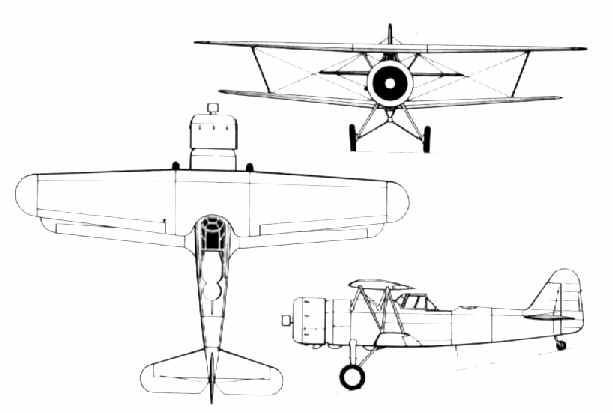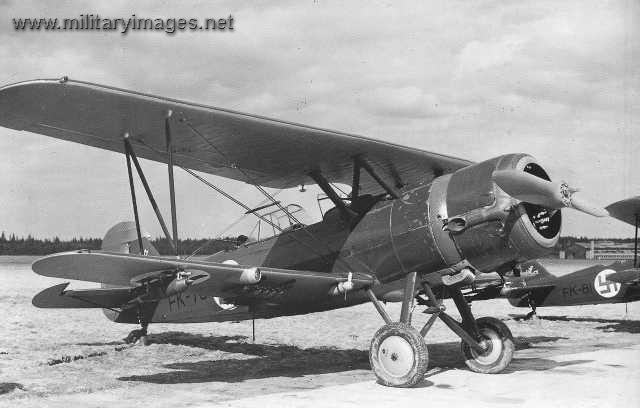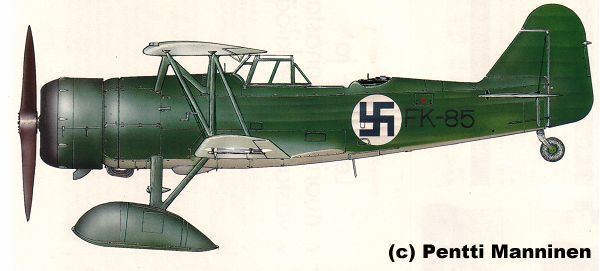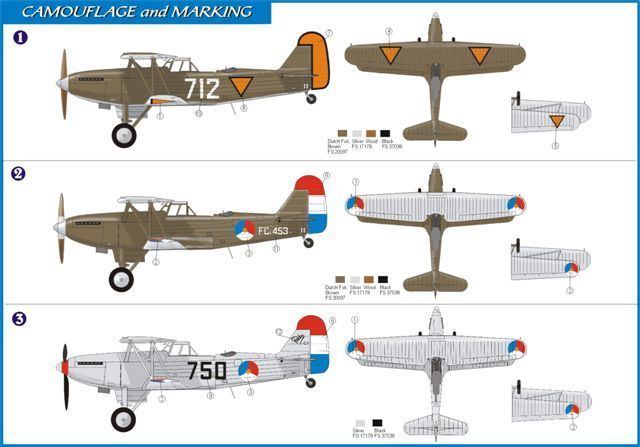Top speed 335 km/h Length 9.01 m | Wingspan 12 m Introduced 1933 | |
 | ||
Fokker c x aircraft crew briefing and takeoff from bergen airfield 1939 no sound
The Fokker C.X was a biplane scout and light bomber designed in 1933. It had a crew of two (a pilot and an observer).
Contents
- Fokker c x aircraft crew briefing and takeoff from bergen airfield 1939 no sound
- Fokker c x
- Operational history
- Variants
- Operators
- Specifications CX
- References

It was originally designed for the Royal Dutch East Indies Army, in order to replace the Fokker C.V. Like all Fokker aircraft of that time, it was of mixed construction, with wooden wing structures and a welded steel tube frame covered with aluminium plates at the front of the aircraft and with fabric at the rear. The prototype was built in 1934 with a Rolls-Royce Kestrel V engine.

The East Indies Army ordered 13 C.Xs, but they were soon replaced in the scout/light bomber role by the American Martin B-10s. Until the Japanese attack on the Dutch East Indies in 1941, the C.X remained in use as a trainer and target tug.

The Dutch Air Force ordered 16 C.Xs, and later four more with Kestrel IIS engines. These four were later re-equipped with Kestrel V engines; the Kestrel IIS proved not very reliable.

Two C.Xs were delivered to the Spanish Republic, and four more to Finland. The Finns also license-produced 35 C.Xs until 1942. These C.Xs were equipped with Bristol Pegasus XII engines.

Airspeed Ltd. in Great Britain got a license to build C.Xs for the British market as the Airspeed AS.22, but no orders were received.

Fokker c x
Operational history
During the German attack on the Netherlands in May 1940, the C.Xs served in their intended role as scouts and light bombers. The tactic of "hugging the ground" allowed the C.Xs to achieve some success. Two C.Xs and their crews escaped to France after the Dutch surrender.
The Finnish C.Xs served with distinction in the Winter War, the Continuation War and the Lapland War. The C.X was the most important short-range reconnaissance aircraft and dive bomber of the Finnish Air Force at the outbreak of the Winter War. There were 29 of them in combat units, the "Frans-Kalle" was slow but possessing a robust airframe, was a useful asset. the maximum dive speed was 540 kmt, which enabled it to break away from the Soviet I-153 and I-16 fighters. As the hostilities continued, losses began to mount. During the Winter War 8 FKs were lost. The last of the seven Finnish C.Xs that survived the war crashed in 1958. The craft, designated FK-111, served as a target-towing craft in the Finnish Air Force. The plane crashed into a forest on 21 January 1958, killing the pilot (Second Lieutenant Aimo Allinen) and the winch-operator (2nd Ltn Antti Kukkonen).
Variants
Operators
Specifications (C.X)
Data from Bombers a guide to Bombers of World War II
General characteristics
Performance
Armament
